READY TO GET STARTED?
REQUEST A FREE ESTIMATE
Fill out the form below or call (888) 466-7849 for a free, no-obligation estimate.
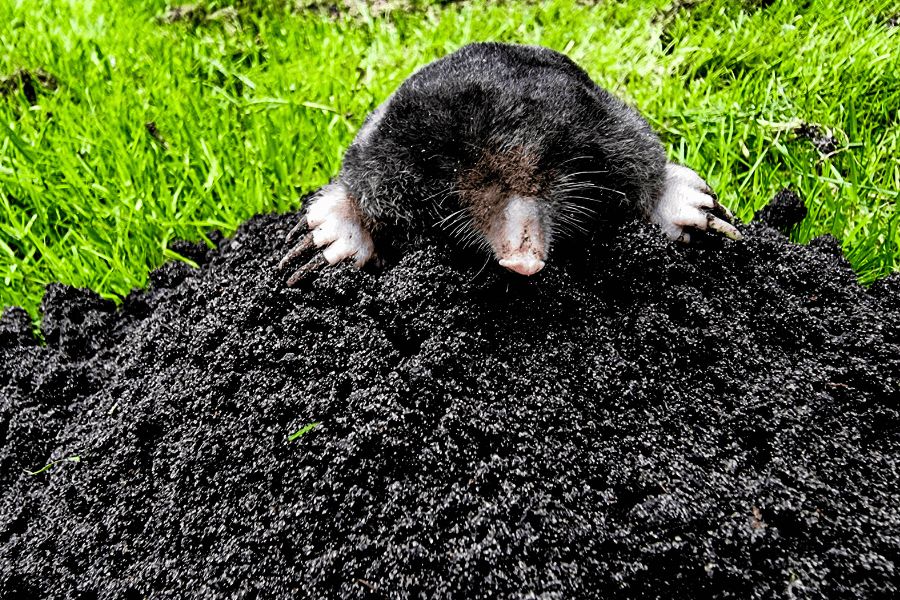
Moles can be one of the most destructive pests for yards. Once these creatures invade, they will dig and destroy your yard! One of the best steps for mole prevention on your property is understanding what’s bringing them there in the first place.
Moles are looking for one thing on your property – food! Moles need a plentiful food source to survive and tend to eat various lawn insects, including grubs, earthworms, and other bugs. If you have available food sources in your yard, they will dig through to get it and leave behind tunnels, holes, and mounds of dirt. Moles can dig up to 18 feet per hours and as they are digging will detach the roots of plants to not only allow weeds to grow but will also kill the lawn, plants, and trees too.
Some common signs that a mole has invaded your yard include,
Mole prevention starts with reducing the sources that are attracting them in the first place. Check out our do-it-yourself mole control tips:
If you suspect a mole infestation on your property or other wildlife creatures, contact your local pest control company for a free evaluation.
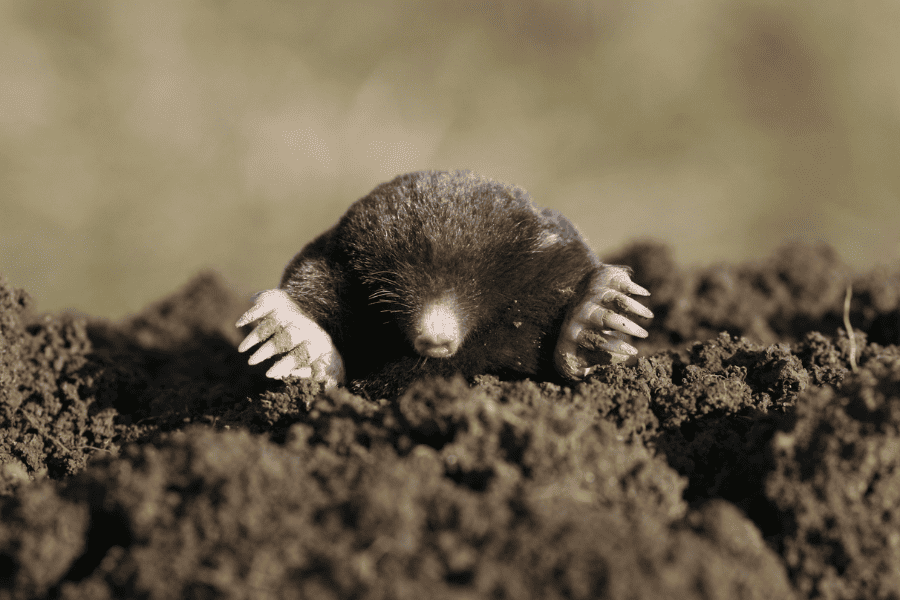
Georgia homeowners take pride in their yard and spend money and time to perfect it, which is why having a mole infestation can be so frustrating. Moles are looking to your home for a food source and will dig up your manicured lawn in the process! Understand moles and how you can prevent them from invading your Georgia property in this blog.
Moles are small animals, ranging between 4 and 11 inches in length, can weigh up to 8 ounces, and have a grey to brown body color. They have a small pair of eyes, and no external ears and are often known for their long, thin, and hairless snout. Moles don’t have the best vision but have an exceptional sense of smell. These creatures also have large front feet with webbed toes, which helps them burrow underground and search for food.
Moles invade yards for one reason – to search for food. If they’ve sensed food on your property, they will dig underground to find it. Moles’ diets consist of many lawn pests, including grubs, earthworms, mole crickets, and ants. These creatures also prefer damp earth as well. Once they’ve found a food source in your yard, they will create tunnels underground, damaging root systems of your grass.
The best way to avoid moles is to make your yard undesirable to them. Check out our top mole prevention tips for Georgia yards:
A mole infestation can happen quickly and can be difficult to control and eliminate. The best and most effective way to remove and control moles is to contact your local wildlife control and pest control company for help. These pest professionals will set you up with an ongoing pest control service and schedule visits to identify the mole problem early and provide you with a treatment and prevention plan.
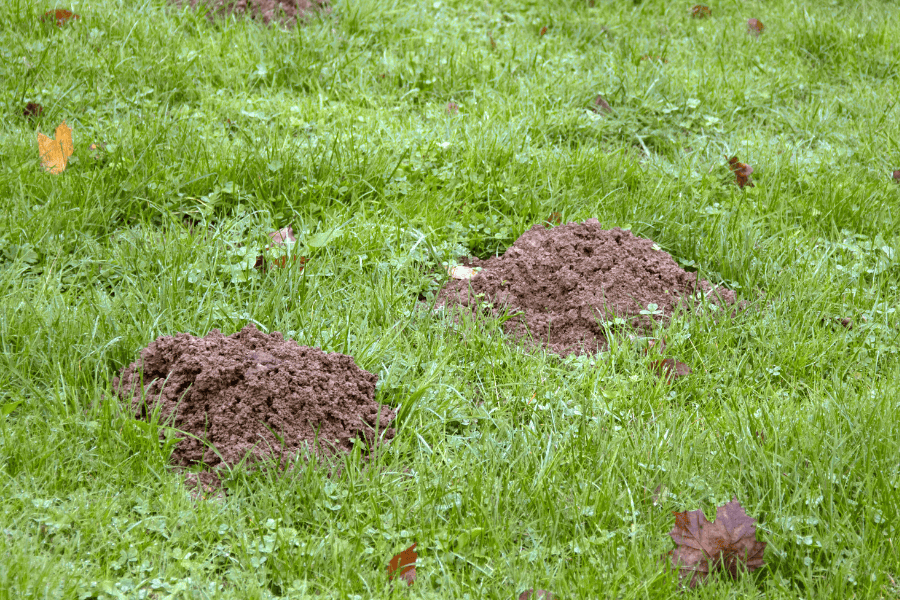
A perfectly manicured yard can be destroyed by moles in an instant! These creatures dig tunnels in search of lawn pests in your yard, including grubs, earthworms, and other bugs. Once moles invade, it can be difficult to control and remove them from your property as they can go undetected for long periods of time. One of the best ways to understand mole prevention is understanding the signs of their activity in the first place. We break down common mole signs and the preventative measures to place at your home to avoid their destruction.
There’s no one sign that can pinpoint moles in your yard but there’s several to lookout for if you suspect you’ve got a mole infestation, including:
If you’ve noticed any or all of these signs on your property, it’s likely that you have a mole in your yard.
There are several methods you can utilize to avoid mole activity. Consider the following mole control tips and tricks:
Since moles live underground, it can be difficult to prevent and control them. The best treatment for moles is target elimination through baiting, which is best done by a professional wildlife control company. These expert professionals will be able to track the mole, strategically place traps, utilize effective baits, treat the mole tunnels to avoid another mole infestation, and monitor the tunnels to ensure all moles have been removed. If you suspect moles in your yard, call your local wildlife control company for a free evaluation.
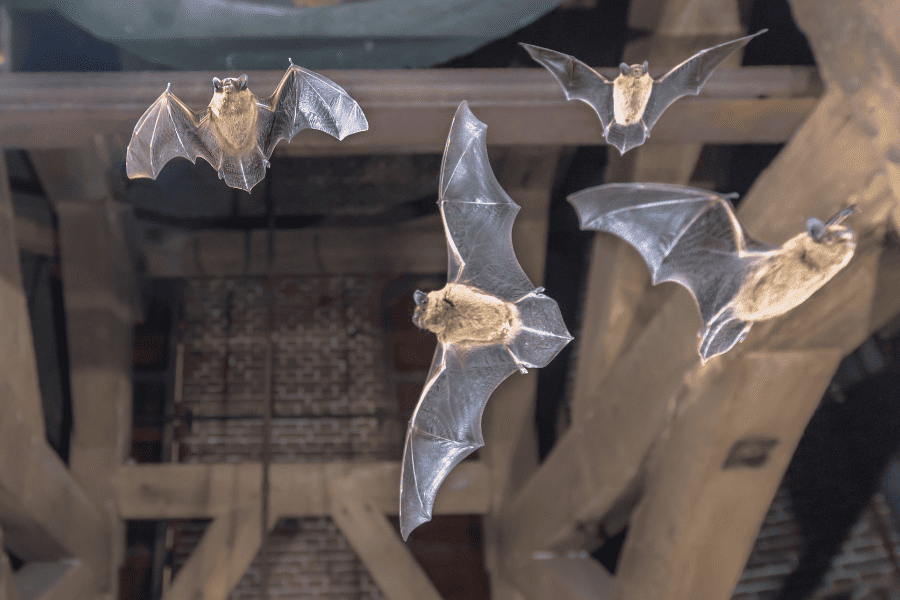
Bats are often misunderstood and feared by many, but they play an essential role in maintaining the balance of Georgia’s ecosystem. Georgia is home to 16 different types of bats, each contributing to the environment in unique and beneficial ways. Let’s go over some common Georgia bats and why they are so beneficial to humans.
While bats offer numerous benefits, they face several threats. This includes habitat loss, disease, and disturbance in roosting sites. Georgia has conservation initiatives aimed at protecting these creatures by protecting their roosting sites, educating the public, and monitoring bat populations for diseases, like white-nose syndrome.
Removing bats is a delicate matter in the state of Georgia and should only be handled by licensed wildlife control professionals. If you suspect you have bats in your home, be sure to give your local wildlife control company a call today!
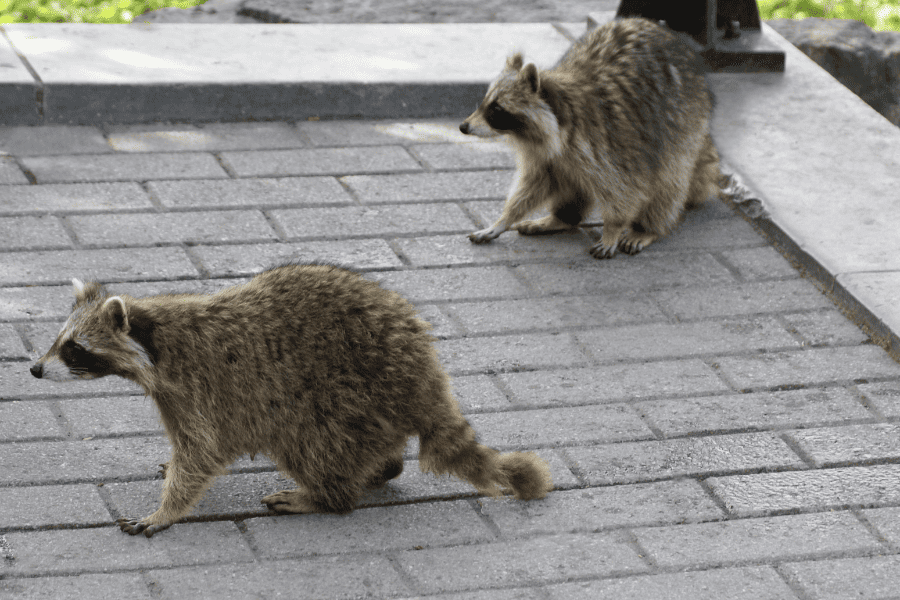
Cooler weather is approaching, and this means that wildlife will soon begin searching for warmth and shelter. This could result in them entering your home and making it their sanctuary for the season. Let’s go over common wildlife in Georgia you might see this fall and how you can deter them away from your home!
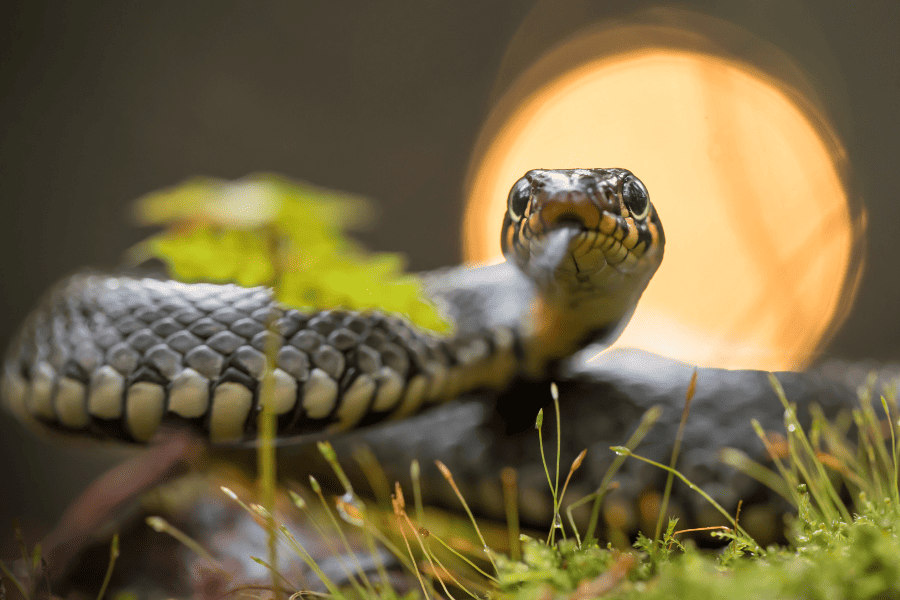
Snakes can be more common in the fall time, as they start to search for a place to begin their hibernation or brumation over the winter months. Snakes might also be more noticeable as certain snake species mate in the fall months. These creatures can go into hiding as late as December, so it’s important to keep an eye out for them until then. Sealing cracks in your foundation and making your property less appealing to them will help deter them from seeking shelter nearby.
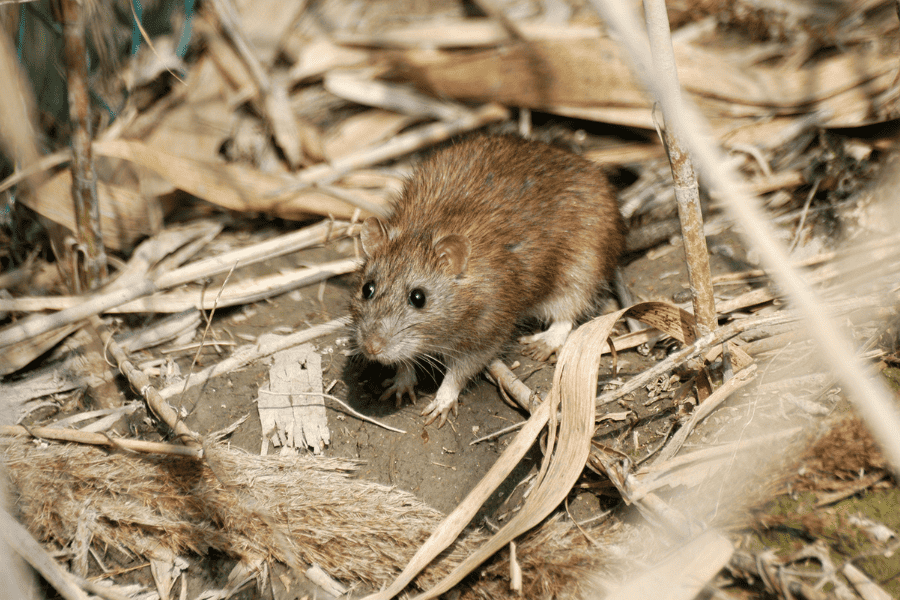
Rats and mice will often seek shelter in your home as it provides them with a readily available food supply throughout the winter. You will begin to hear their activity in the walls and attic in the fall as they start storing food in their nests. Keep these rodents out of your home by sealing up holes inside and outside of your home and storing food in airtight containers.
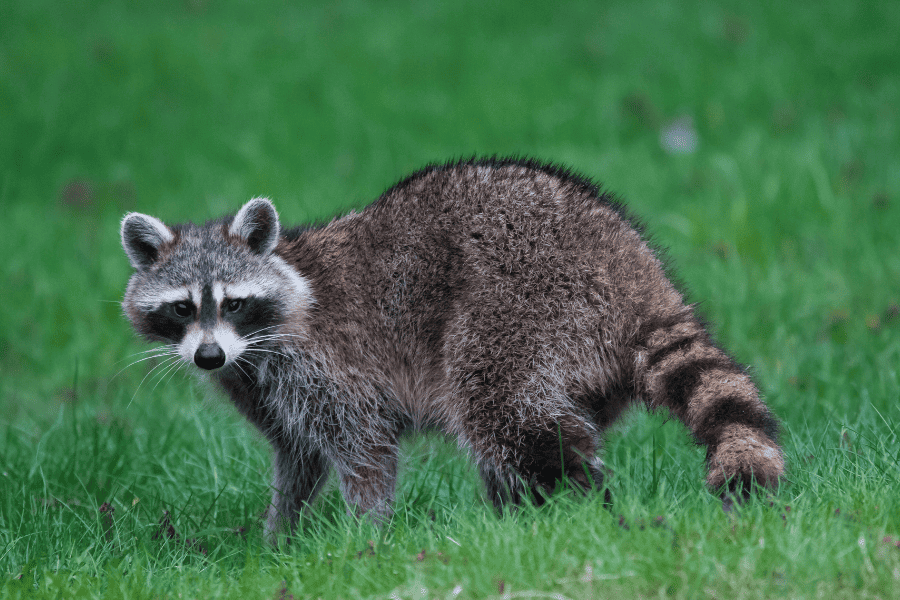
These nocturnal creatures will mostly be seen searching for food at nighttime throughout the fall. They begin searching for food in the fall to prepare for the winter months when food is scarce. Food scarcity will encourage them to be more active and creative in their search for food, which often leads them to your garbage cans. Some preventative ways to ensure raccoons don’t enter your home this fall include utilizing a lid on your garbage can and storing it outside. Likewise, seal any entry points on the exterior of your home.
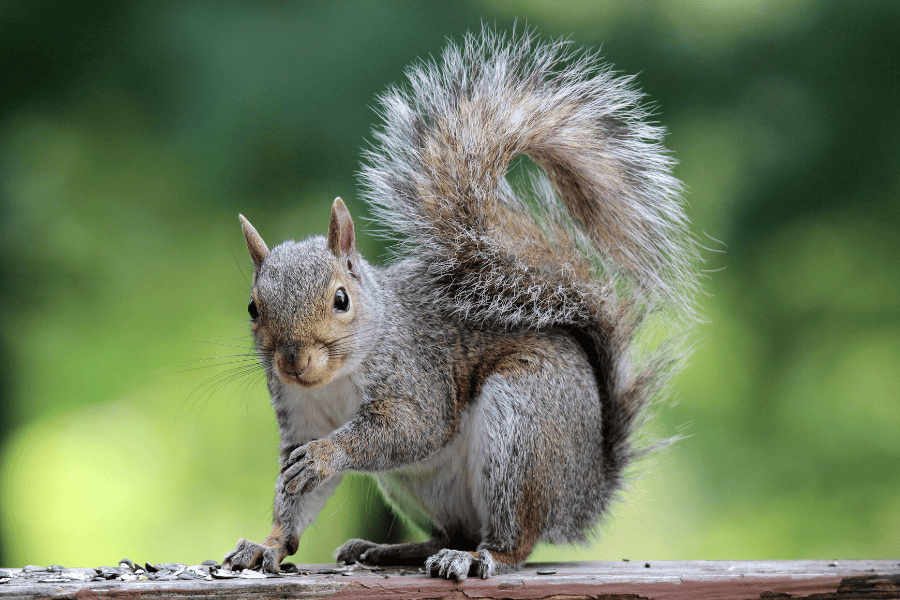
In the autumn months, squirrels have a habit of “bulking up” in preparation for the colder season. It’s common for them to seek refuge in attics, using these spaces to build their nests and stash their food supplies. However, their presence in homes can be particularly problematic since they tend to gnaw through wires and wood, potentially causing substantial damage to your residence. The best prevention tips for squirrels are to install chimney caps or screens and to take down bird feeders in the fall.
Wildlife control can be a difficult task due to some regulations for certain species. Give your local Georgia wildlife company a call today for a customized plan and a free inspection!